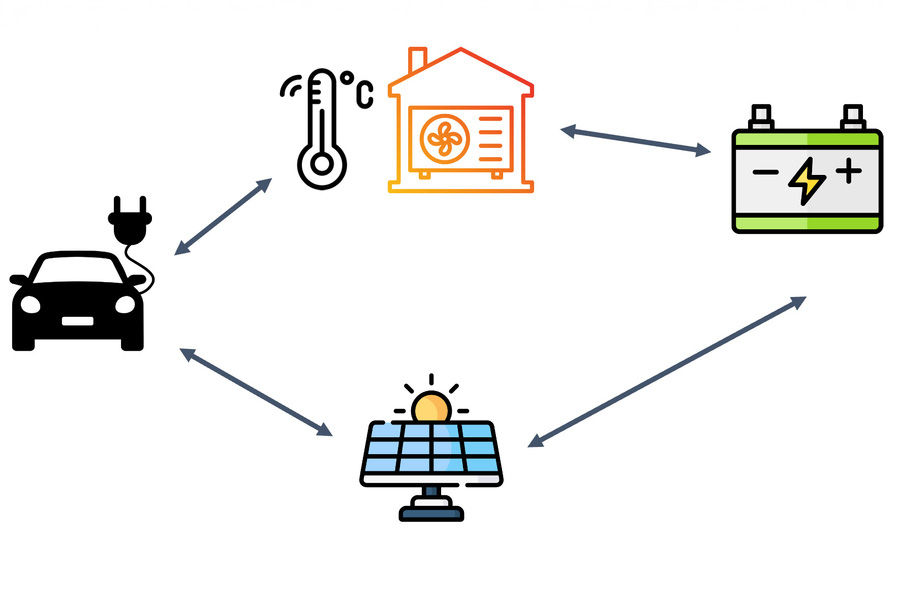Democratic AGs disclose FEMA failed to make grants for months to critical disaster program

The Federal Emergency Management Agency building is seen on May 15, 2025 in Washington, D.C. (Photo by Kayla Bartkowski/Getty Images)
WASHINGTON — Democratic attorneys general have updated their complaint against the Trump administration in a lawsuit over whether the Federal Emergency Management Agency can refuse to spend pre-disaster mitigation grants approved by Congress.
The attorneys general wrote in the new filing that FEMA hadn’t made a single award to the Building Resilient Infrastructure and Communities program between April 2 and Aug. 25.
“The BRIC program is critically important nationwide. Over the past four years, FEMA has selected nearly 2,000 projects from every corner of the country to receive roughly $4.5 billion in funding,” they wrote. “Due to the unique threats they face, coastal communities have received the largest allocations over the past four years, with California, Louisiana, Texas, New York, New Jersey, Florida, North Carolina, and Washington leading the way.
“But interior communities rely on BRIC too: Pennsylvania and Utah have received the next largest allocations, and Ohio is not far behind.”
FEMA announced in April that it was “ending” the program and “canceling all BRIC applications from Fiscal Years 2020-2023.”
Members of Congress from both political parties brought up their disagreement with that decision in May during a hearing on FEMA’s budget request and by sending a letter signed by more than 80 lawmakers.
But that didn’t appear to sway the Trump administration to reverse course and allocate the funding that had been approved by Congress.
‘Devastating’ delays in FEMA funding
Democratic attorneys general, Kentucky Gov. Andy Beshear and Pennsylvania Gov. Josh Shapiro filed their lawsuit in July and later called on the judge to block the Trump administration from moving money out of the pre-disaster mitigation account.
U.S. District Court for the District of Massachusetts Judge Richard G. Stearns, who was nominated by President Bill Clinton, issued a preliminary ruling in early August preventing FEMA “from spending the funds allocated to BRIC for non-BRIC purposes until the court is able to render a final judgment on the merits.”
The updated 83-page complaint filed Friday argues the two people President Donald Trump has installed as acting FEMA administrator did so unlawfully because they were never formally nominated to run the agency, didn’t receive Senate confirmation and didn’t meet the qualifications laid out in federal law.
It also alleges that unilaterally canceling funding approved by Congress, which holds the power of the purse, violated the separation of powers laid out in the Constitution.
“The impact of the shutdown has been devastating. Communities across the country are being forced to delay, scale back, or cancel hundreds of mitigation projects depending on this funding,” they wrote. “Projects that have been in development for years, and in which communities have invested millions of dollars for planning, permitting, and environmental review are now threatened. And in the meantime, Americans across the country face a higher risk of harm from natural disasters.”
Each BRIC grant, the updated complaint notes, “can cover up to 75% of a project’s costs, and the federal share can rise to 90% for small rural communities.”
Attorneys general from Arizona, California, Colorado. Connecticut, Delaware, the District of Columbia, Illinois, Maine, Maryland, Massachusetts, Michigan, Minnesota, New Jersey, New Mexico, New York, North Carolina, Oregon, Rhode Island, Vermont, Washington and Wisconsin filed the suit, along with the Pennsylvania and Kentucky governors.
